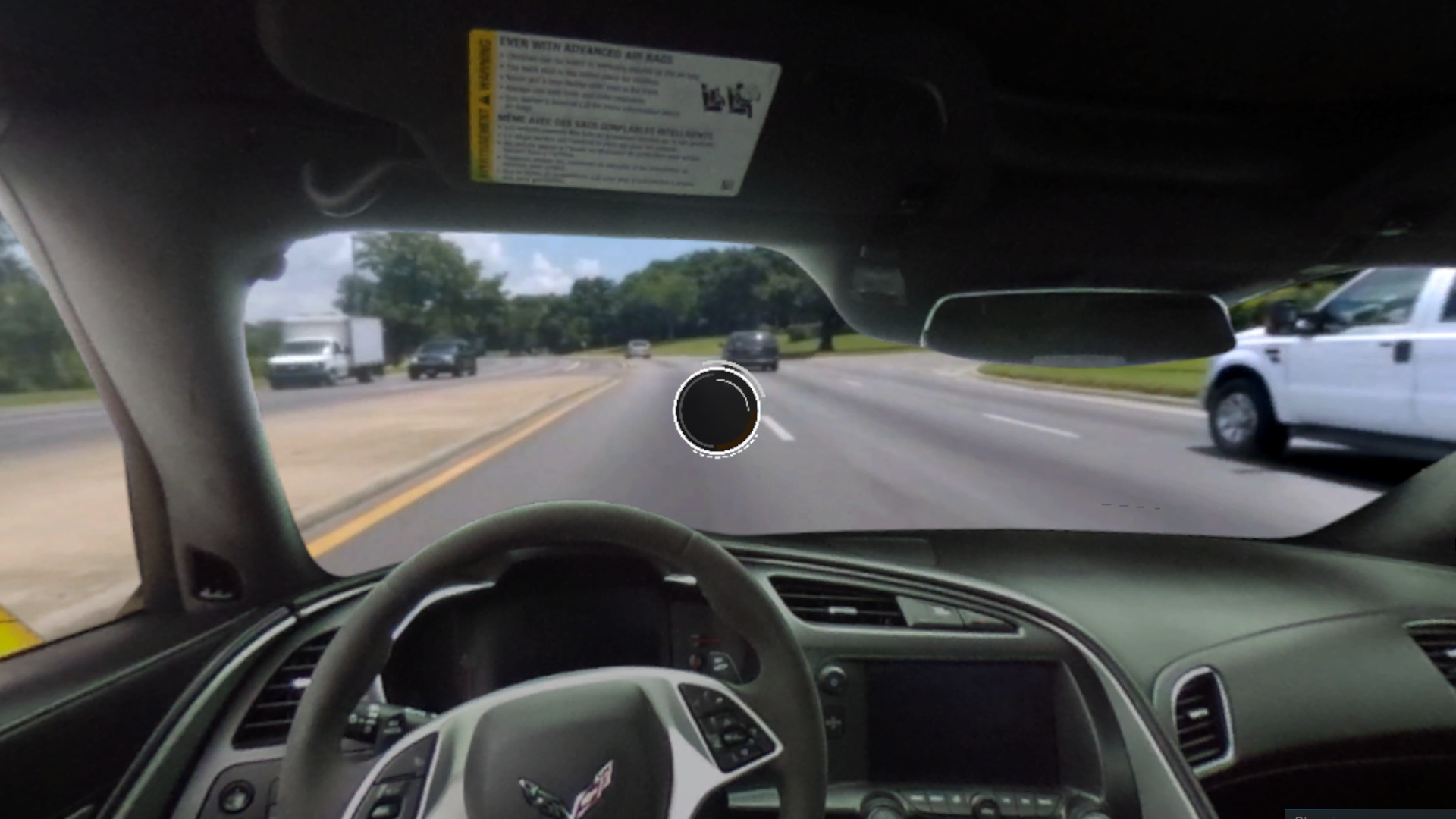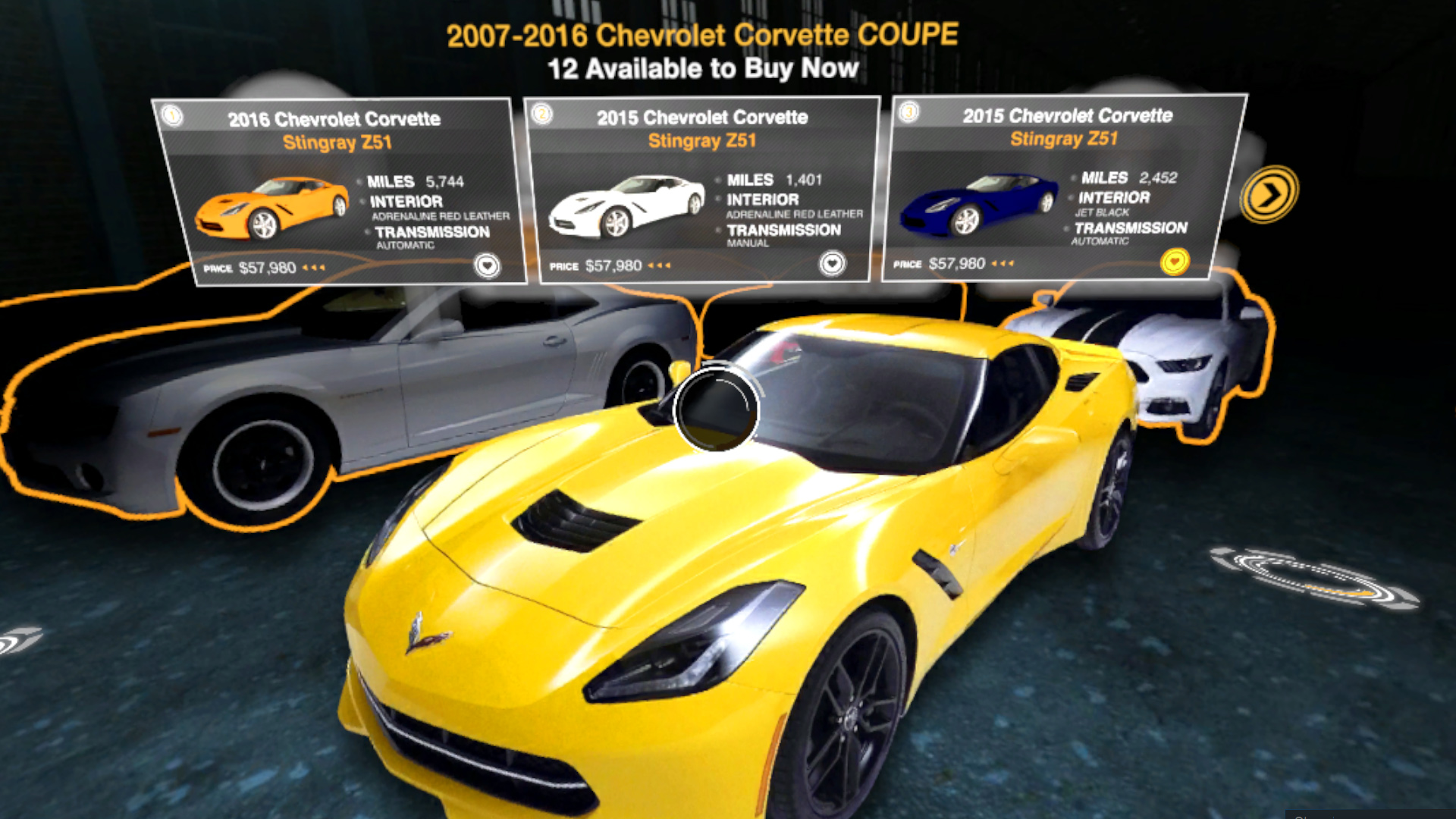Online car retailer Vroom launches first VR-based auto showroom
Initially intended for several of the company’s physical locations, the virtual showroom will soon become a downloadable app with an online backend.
The shop-in-your-pajamas revolution is hitting a new milestone, with the launch of the first virtual reality car showroom.
This week, online pre-owned car retailer Vroom announced its new VR-based car showroom, which will be made available next Friday at its physical facilities in Houston and Dallas, and at a pop-up location in Phoenix.
Chief Marketing Officer Gaurav Misra noted that such car makers as Audi, Nissan, Mitsubishi and Lexus have developed virtual reality tours of their vehicles, but said this was the first VR showroom by a retailer.
https://www.youtube.com/watch?v=XbLb4EA2bmA&feature=youtu.be
Created with Dallas agency 900lbs of Creative, the VR showroom is designed initially for the HTC Vive headset and for customers visiting those locations. It includes virtual experiences for 15 different makes and models in the Affordable Performance category, covering 155 sports cars priced between $25,000 and $60,000.
By the end of the year, Misra said, the company expects that a downloadable app will be available for the Vive, as well as for Google Cardboard, Samsung Gear VR and Oculus Rift. The app will be updatable via online to show thumbnails and info on actual cars in stock. He added that Vroom wanted to test “a physical release first to see how customers are using it.”
Within 12 months, he said, the apps will allow virtual experiences for nearly 300 makes and models, representing 1,600 cars that include ultra sports cars, luxury and standard SUVs, pickup trucks and luxury and standard sedans.
In the current VR experience, a user “clicks” by staring at something for 1.5 seconds. A brief stare at the car door, for instance, opens it and puts you inside. Staring in the interior brings up info on the car, and staring at the steering wheel starts the car, which then goes on a brief, self-driving road trip that automatically stops when completed.
There are sounds, but, to date, no haptic (touch) feedback, so you’ll just have to bump along the road in your imagination.
Misra acknowledged that the simulation doesn’t match an actual car ride, but suggested it provides something between a webpage and a visit to a real showroom because a would-be customer can look around and inside dozens of cars in a few minutes.
He noted that “there’s a small segment [of customers] that buys a car sight unseen” via Vroom’s online service, amounting to thousands of cars sold every month. This might help give those kinds of customers a greater comfort level, he said, although the company is “not betting the farm on this.”
On the other hand, he said, “no one regretted building a website in the late 90s.”
Contributing authors are invited to create content for MarTech and are chosen for their expertise and contribution to the martech community. Our contributors work under the oversight of the editorial staff and contributions are checked for quality and relevance to our readers. MarTech is owned by Semrush. Contributor was not asked to make any direct or indirect mentions of Semrush. The opinions they express are their own.
Related stories
New on MarTech

